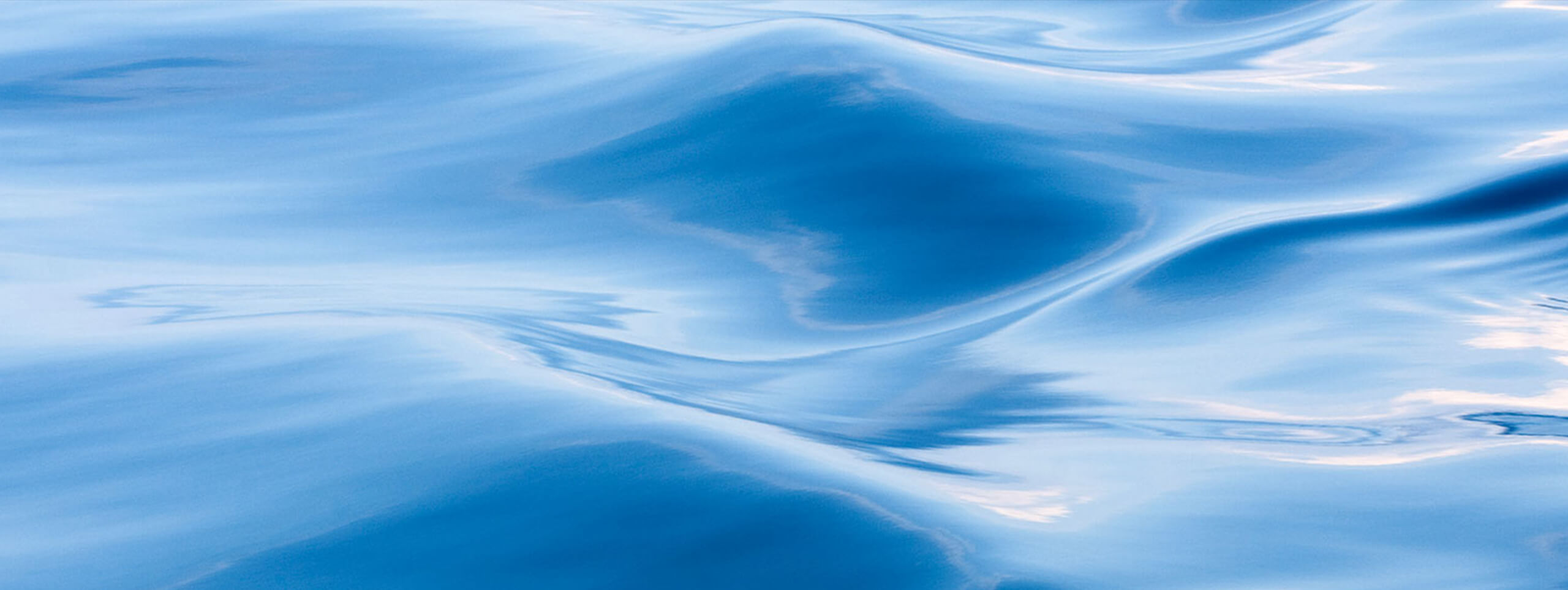
Did you know?
Next to oxygen, water is the most valuable resource for human life on earth.
Looking at our planet it might seem like the availability of water is limitless. But the water we can drink is becoming increasingly scarce! Even though more than 71 percent of the earth surface is covered by water, only 2.5 percent provide fresh water and only 0.5 percent are available to mankind. The remaining part is either contained in frozen glaciers, polar ice caps or stored deeply within the planet out of reach.
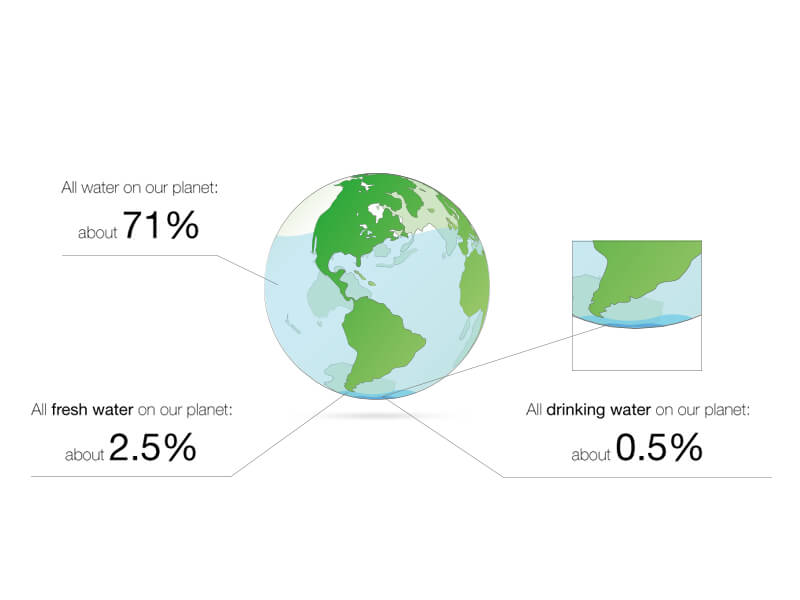

In absolute numbers:
Every year a total amount of
43,000 km³
fresh water is available for the
entire population on earth.

This matches about
17,200,000,000
olympie swimming pools
The available fresh water is used by
4 main areas:

Reservoirs
(natural & man-made, e.g. rivers, lakes, dam projects)
water use:
5%

Agriculture
(e.g. human & animal foodgrowing, ...)
water use:
9%

Domestic Use
(e.g. drinking, cooking, showering, flushing toilet, ...)
water use:
20%

Industry
(e.g. food production, automotive industry, ...)
water use:
66%
Since the beginning of the last century
modernization processes
cause a significant increase in fresh water consumption
all over the world.


According to estimates
global fresh water consumption in 2025 will be
2,764 km³
1,105,600,000 Swimmingpools
What does this mean for us?
Water is a renewable resource. Considering that we only use 2,764 km³ per year of the available 43,000 km³, the term "global water crisis" might seem over exaggerated. But while the consumption of water is rising, the availability of the resource is decreasing due to global warming and long drought periods. The consequences of this resource shortage continue to arise all over the world - already today!
Until 2035

47% of the worlds population
will live in high water stress regions.
Until 2050
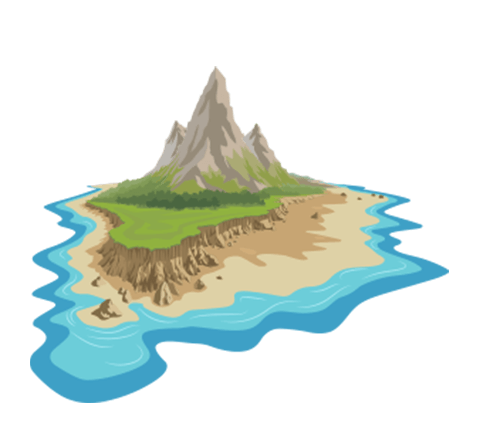
The water consumption for industral production
will have increased by 400%.
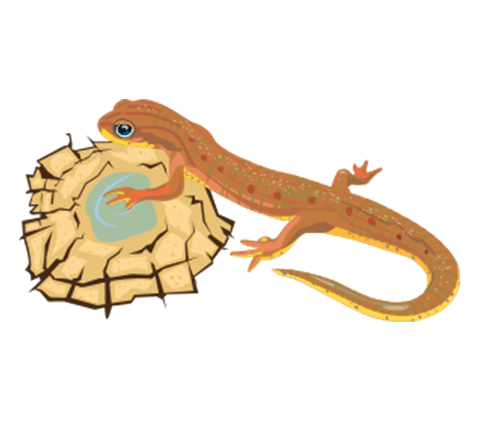
The diversity or species living onshore
will have decreased by 10%.
Until 2100
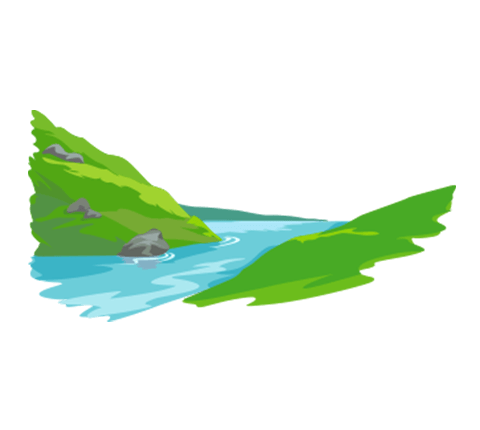
The river levels in Europe
will have dropped by approx. 40%.

More than
40% of all living organisms
will die out and disappear.

The rising sea level will have swallowed
30% of the costal wetlands
worldwide.
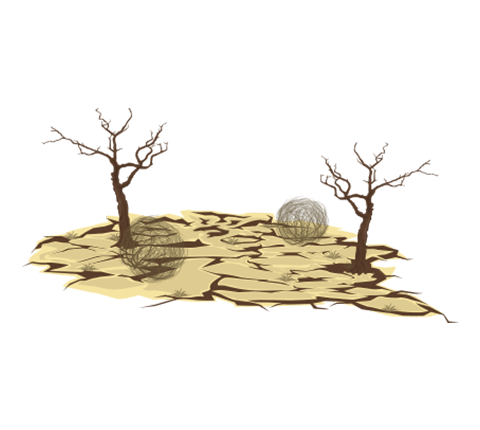
global land surface
will be desiccate and no longer usable.

